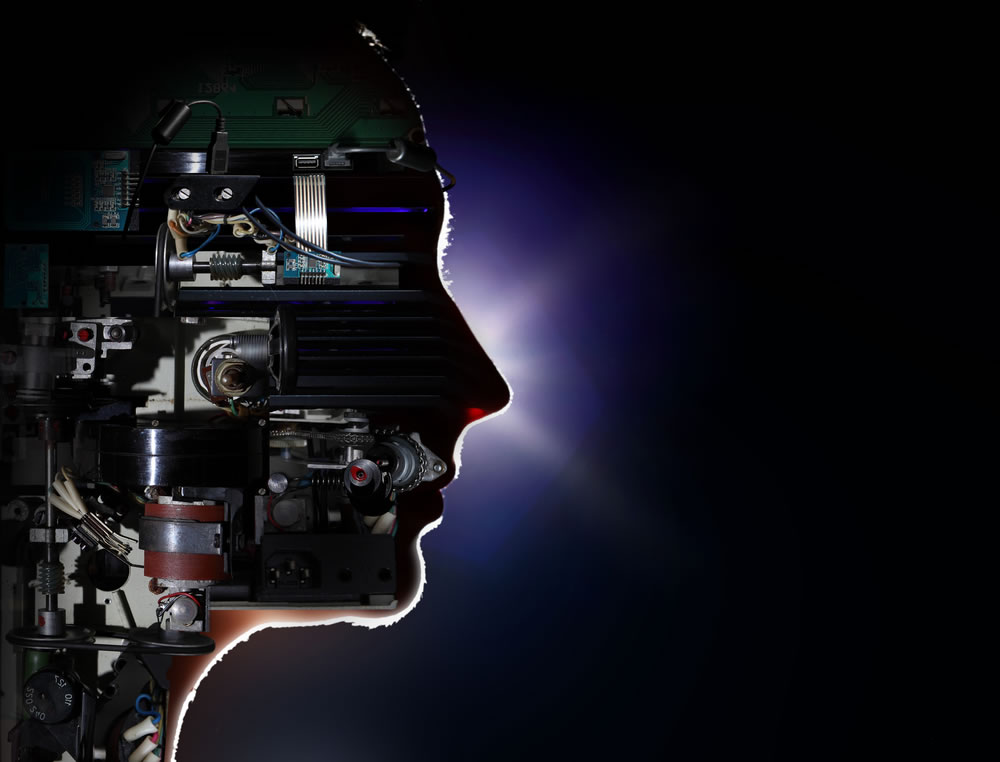Despite Higher Ed’s reputation for being slow to adapt, it is undeniable how disruptive certain technologies have been in recent years. The Internet of Things (IoT), augmented reality, and advancements in online learning have changed the way universities reach prospective students, engage with their current student body, and provide them the resources they need.
As with any disruption, there are certain “growing pains” that forward-thinking universities must endure to stay on the leading edge of Higher Ed technology. It’s up to IT leaders within these institutions to explore the pros and cons of integrating new technologies, so that they may guide decision-making processes before external elements force their hands.
Here are some of the most disruptive technologies that are either impacting higher education now or will become more relevant in the near future.
1. Online Learning
Online learning technology has done a significant job of changing how higher education institutions operate, educate, and innovate over the past few years. While MOOCs may not have been all they were cracked up to be, other innovations in online learning have helped make Higher Ed more accessible, opened up new opportunities for students, and changed how many view the value of an online education.
Now that online learning is becoming ubiquitous in Higher Ed, colleges and universities are able to reach students that they were previously unable to. Non-traditional students, such as parents and those fully employed, had often been inaccessible due to scheduling issues, but now have access to a higher education thanks to advances in online learning.
Despite online learning’s successes, many still believe that it lacks the interaction of its in-person counterpart. However, innovations in pedagogical strategy and technology are helping make it much more engaging. For example, video communication technology now allows professors to teach from the comfort of their homes while still being able to speak directly to their students. Those students are also able to work more closely together, as they would in a traditional classroom.
Additionally, professors are able to have experts from their field join the discussion online to speak with students directly. Advancements in online learning technology are helping make higher education more impactful and accessible to more people than ever before.
Competency-based Education
Competency-based education (CBE) recognizes that all students enter a program with different skills and proficiencies and that each moves at a different rate. We now possess the technology to better measure these differences and design adaptive learning programs accordingly. These programs aim to increase student engagement, as time is spent expanding on what the students already know rather than having them relearn familiar material.
With advancements in CBE, learning can be more self-paced and individual-focused, which makes it a more efficient and effective. If a student needs more time focusing in a certain area, CBE technologies allow this to be clearly measured. Technology has enabled pedagogy to meet the needs of students that don’t fit match the strict criteria of a “traditional” student. Expect this technology to continue to make waves in how people view formal education.
(Next page: 3 more of higher ed’s top disruptive technologies)
The Internet of Things
The Internet of Things has opened up a whole new world of possibilities in higher education. The increased connectivity between devices and “everyday things” means better data tracking and analytics, and improved communication between student, professor, and institution, often without ever saying a word. IoT is making it easier for students to learn when, how, and where they want, while providing professors support to create a more flexible and connected learning environment.
With the help of IoT technologies, predictive analytics can provide additional insight into how students are doing both in the classroom and on campus. With the right infrastructure in place, universities will be able to respond to early indicators of an “at-risk” student at the critical moment before that student’s performance begins to suffer.
The potential that IoT offers Higher Ed is seemingly only restricted by the creativity of those implementing it.
Virtual/Augmented Reality
Virtual and augmented reality technologies have begun to take Higher Ed into the realm of what used to be considered science fiction. With access to augmented reality, students can immerse themselves in real-life learning situations that are either too dangerous or not possible to experience otherwise. For example, medical students are now able to perform complex procedures in virtual reality without putting themselves or their virtual patient at risk. History students can now take virtual tours of the ancient cities that they are studying.
These reality-warping technologies are not just useful pedagogical tools, however. More often than not, they require significant planning and investment into the infrastructure needed to support them. As these technologies become more efficient and less expensive, we could see augmented experiences become an expected (if not required) facet of higher education.
Artificial Intelligence
While artificial intelligence may not currently be taking Higher Ed by storm, its potential for disruption is evident in its rise in mainstream popularity. IBM’s Watson captivated Jeopardy! audiences when it was able to compete against human contestants. Intelligent personal assistants like Siri and Cortana show how useful A.I. can be in day-to-day activities. Imagine having an A.I. professor’s assistant or an online learning platform that adapts to each student’s specific needs. Having artificial intelligence that learns and improves as it aids in the learning process could have a far-reaching effect on higher education both online and in-person.
While Higher Ed may not be as prone to disruption as other industries, there are certain technologies that have undeniably disrupted how students learn, professors teach, and how universities operate. Despite the fact that these disruptions often represent significant challenges for universities to keep up with, they are ultimately beneficial for higher education as a whole.
[Editor’s note: This story was originally published on Optimal Partners Blog.]
- Survey: More students want to go to graduate school - April 24, 2024
- Educause, AWS launch generative AI readiness assessment tool for higher ed - April 23, 2024
- A bungled FAFSA rollout threatens students’ college ambitions - April 19, 2024






